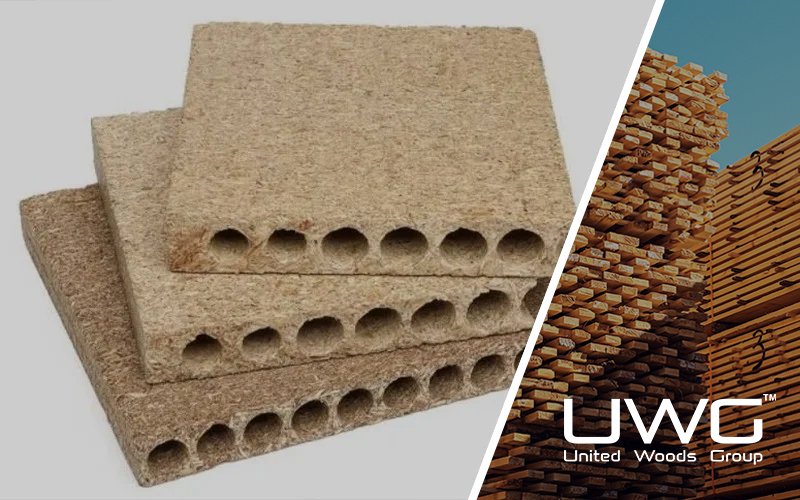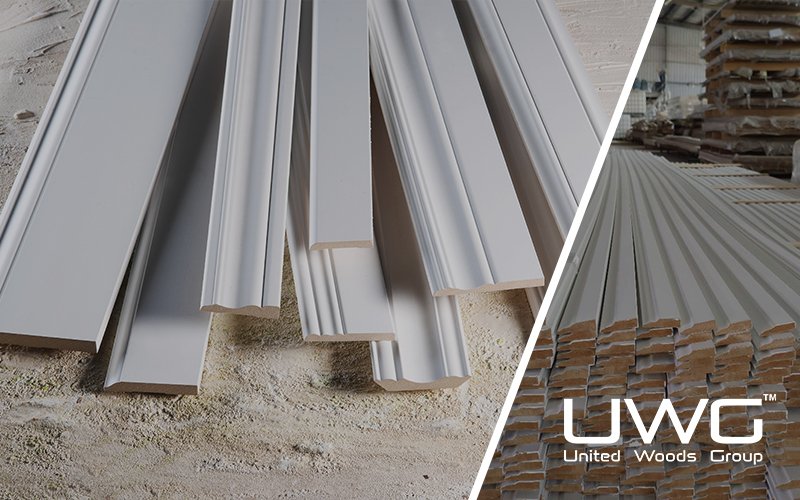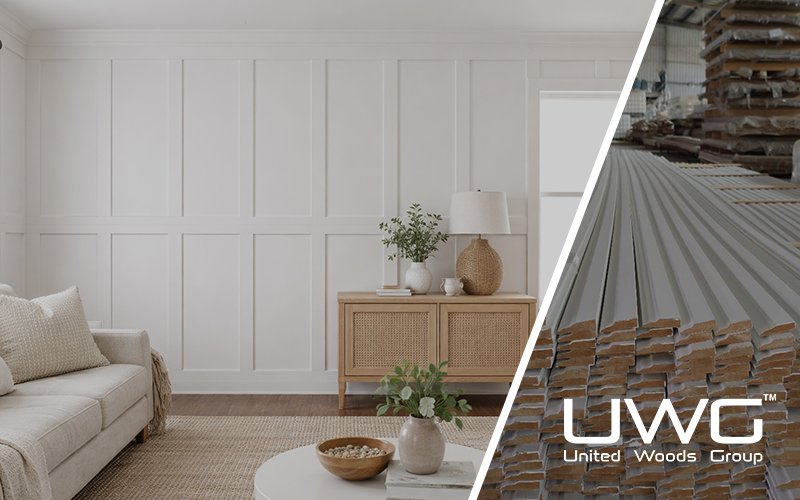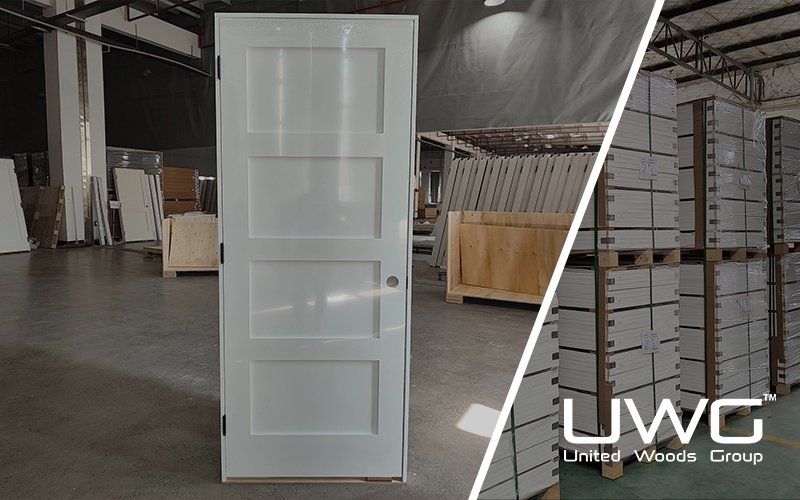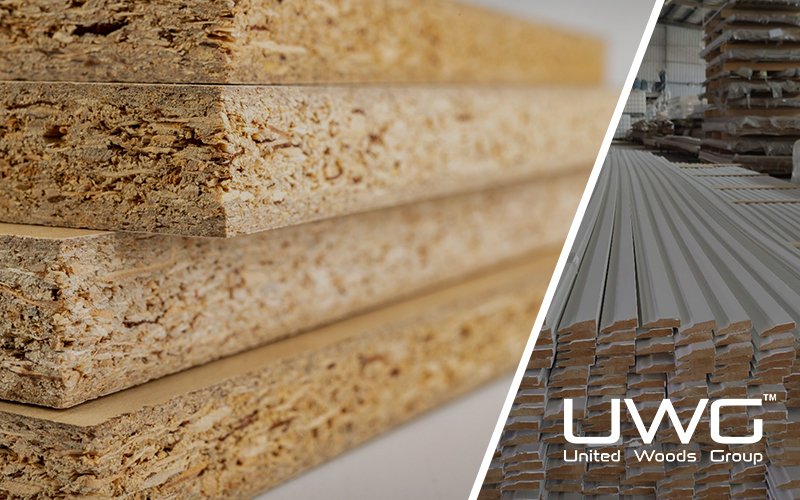Modern construction demands smarter materials. Builders and contractors need wood products that balance weight, durability, and cost. Tubular particle board is quickly becoming a top choice for internal doors and furniture due to its stability, efficiency, and ease of use across residential and commercial projects.
Let’s explore how tubular particle board works, where it fits best in real-world construction, and what professionals should consider before choosing it for doors, furniture, and other interior applications.
What is tubular particle board?
Tubular particle board represents an innovative type of chipboard, notable for its distinctive internal construction. It incorporates round-through tubes that extend lengthwise across the entire panel, creating a hollow yet robust structure. This design not only reduces the overall weight of the board but also ensures it maintains excellent dimensional stability and impact resistance, making it suitable for various applications. The manufacturing process typically involves extrusion or molded core techniques, which help shape the tubes within the board. Additionally, tubular particle board is bonded using synthetic resins like urea-formaldehyde, providing strong adhesion and durability. Its unique combination of lightweight properties and structural integrity makes it a preferred choice in furniture making and construction.

Where is tubular particle board used?
This board is ideal for:
- Door cores in residential and commercial buildings, as it offers a good balance of lightness and strength.
- Cabinet and wardrobe backs, where its lightweight yet sturdy nature provides excellent support.
- Drawer bottoms, helping to reduce the overall weight of furniture while maintaining durability.
- Partitions and panelling, offering a cost-effective solution with satisfactory structural performance.
- Furniture frames, favored for its ability to minimize weight without losing structural integrity.
It’s favored where reducing weight without losing structural integrity is essential.
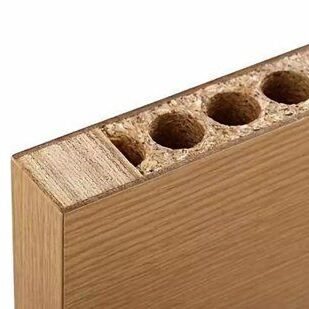
Is tubular chipboard durable?
Yes, tubular chipboard holds up well under normal interior use. Compared to honeycomb paper cores, it offers:
- Better impact resistance
- More dimensional stability
- Easier processing with common woodworking tools
It’s not as strong as solid wood or MDF but is durable enough for internal doors and furniture.
What are the benefits of tubular particle board?
- Light in weight – Its hollow tubular structure significantly reduces the overall mass, making it ideal for ease of installation and transport, especially in large-scale projects or when frequent handling is required.
- Stable and strong – Despite its lightweight nature, it offers sufficient strength for interior load-bearing needs, such as in partitions or furniture frames, ensuring long-lasting durability.
- Sound insulation – The internal tubes help dampen sound vibrations, reducing noise transmission between rooms and enhancing privacy.
- Eco-friendly – It often utilizes recycled wood materials, promoting sustainability and reducing environmental impact.
- Affordable – Compared to solid-core alternatives, tubular particle board is generally cheaper, providing a cost-effective solution without compromising on quality.
- Customizable – It readily accepts various laminates, veneers, and finishes, allowing for versatile design options to match different interior styles and preferences.

What Are the Cost Benefits Compared to Solid Core Options?
- Material savings – Tubular particle board uses less raw wood in production, lowering material costs significantly compared to solid core options that require more wood for the same size panel.
- Reduced weight – Its lighter weight puts less strain on frames, hardware, and transport vehicles, reducing shipping and handling expenses and minimizing wear on structural supports.
- Labor-friendly – The ease of handling due to its lightness speeds up installation, cutting labor hours and costs on construction sites.
- Economical – These combined savings make it ideal for large-scale, budget-sensitive projects, offering durability without breaking the bank.
This makes tubular chipboard a logical choice for affordable yet durable interior construction.
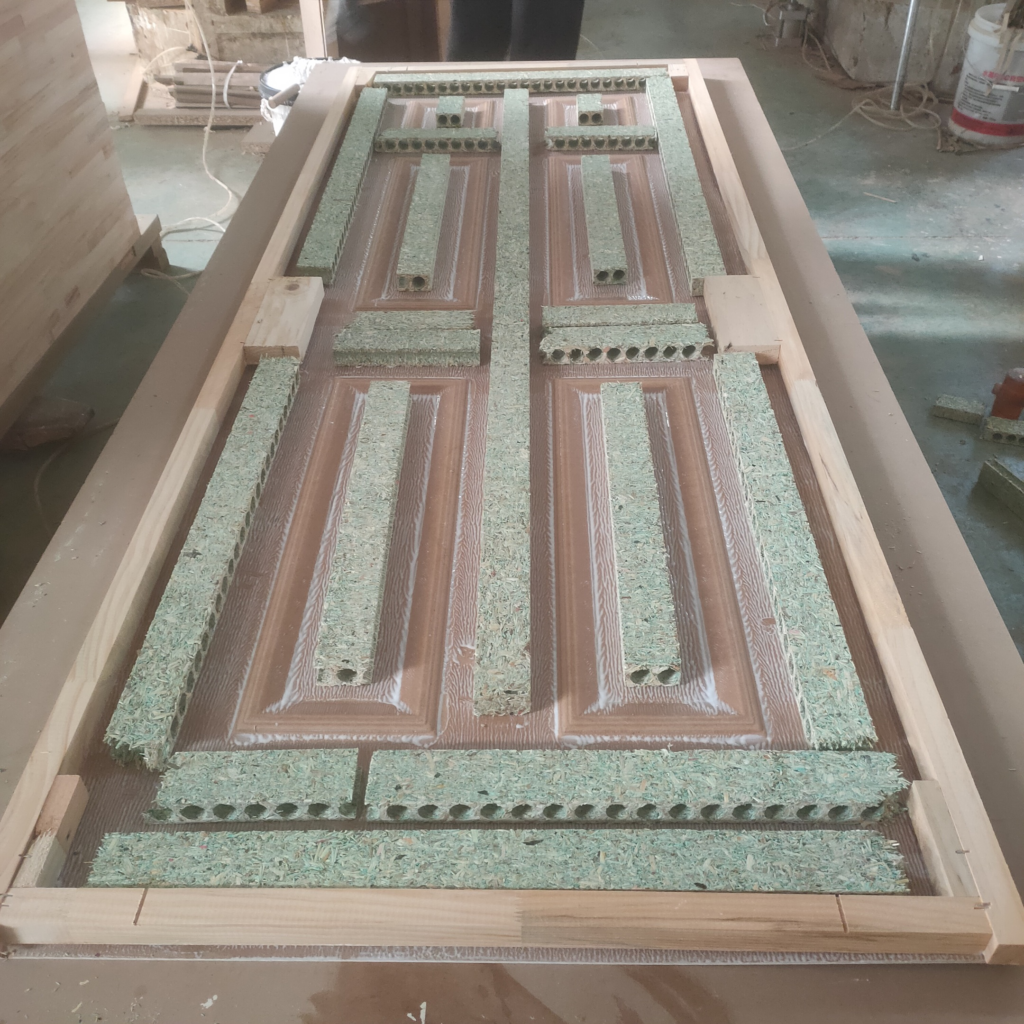
Professional Advice: Key Considerations for Choosing Tubular Chipboard
- Application Type (Interior vs Exterior Use)
Tubular chipboard is intended for interior use only. It works best in doors, furniture, or paneling where there’s no direct water exposure. Avoid using it in exterior doors or near plumbing unless you’re applying moisture-resistant coatings.
- Strength and Load Requirements
Though strong for its weight, this material should not be used for high load-bearing furniture or shelves. It’s suitable for vertical applications like doors and decorative panels. Always match strength specs to project needs.
- Sound and Thermal Insulation Needs
The hollow tubes naturally reduce sound transmission and offer some thermal insulation. While not as effective as acoustic panels, it’s a decent solution for partition walls, hotel doors, or apartment entryways where moderate insulation is required.
- Cost Efficiency vs Performance
For high-volume construction or prefabricated installations, this board offers great value. It’s not the strongest option available, but for most interior doors and mid-level furniture, it’s cost-effective and functionally sufficient.
- Compatibility with Finishes
Tubular chipboard pairs well with laminates, paint, PVC foil, and veneer. During processing, apply proper glue pressure and use surface presses carefully to prevent denting. Its finish compatibility makes it perfect for customized, modern furniture design.

Summary
Tubular particle board offers an ideal mix of cost, weight, and functionality for contractors and builders. It’s a go-to filler for interior doors and furniture that need lightness without losing core strength. Need help choosing the right board? Drop your questions below or contact a local supplier.

